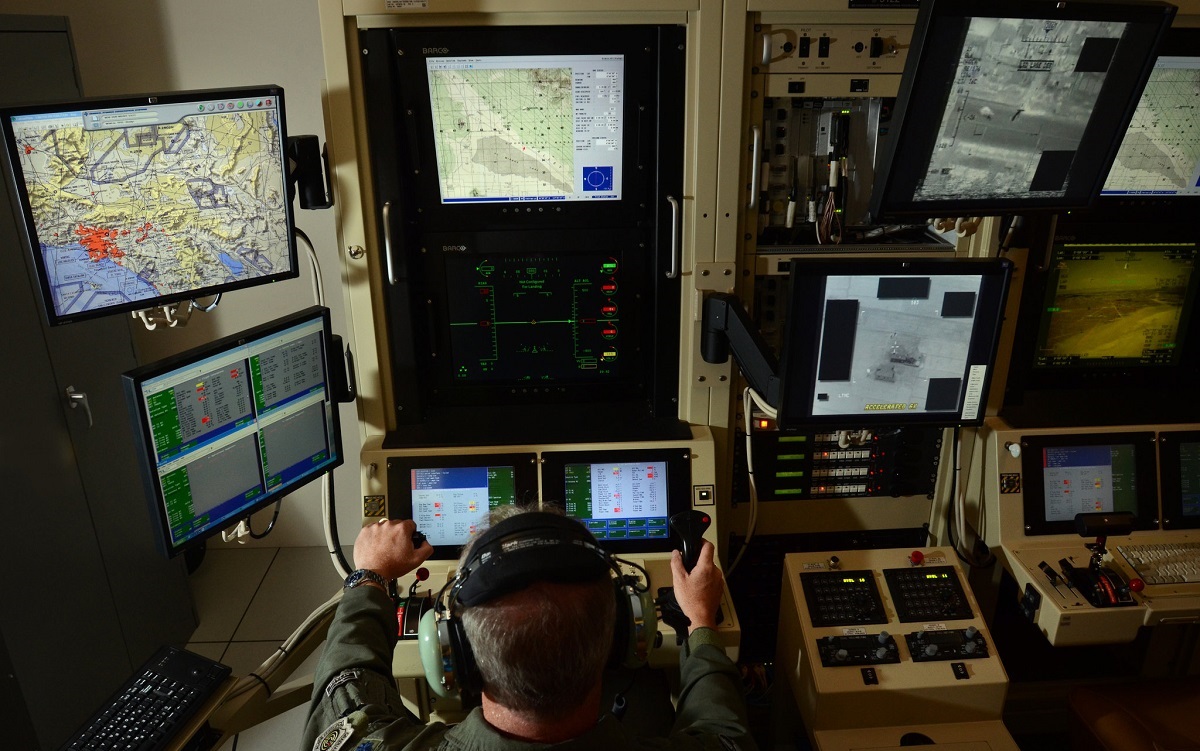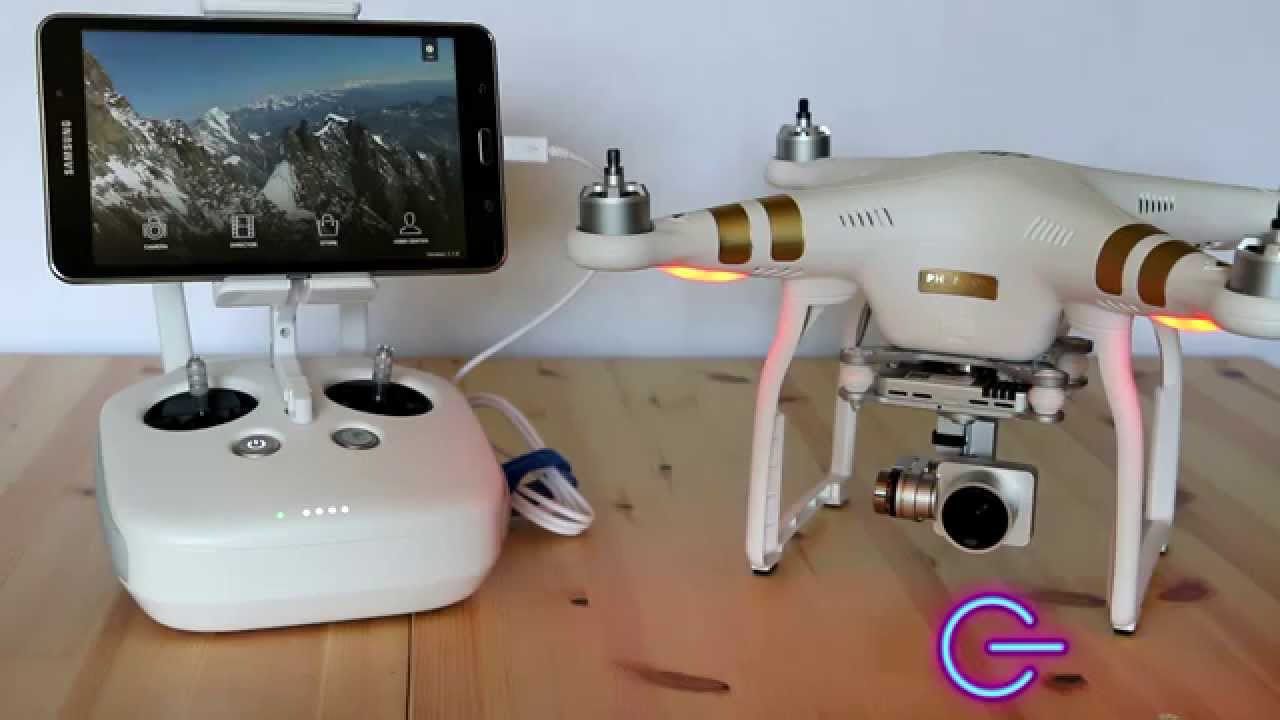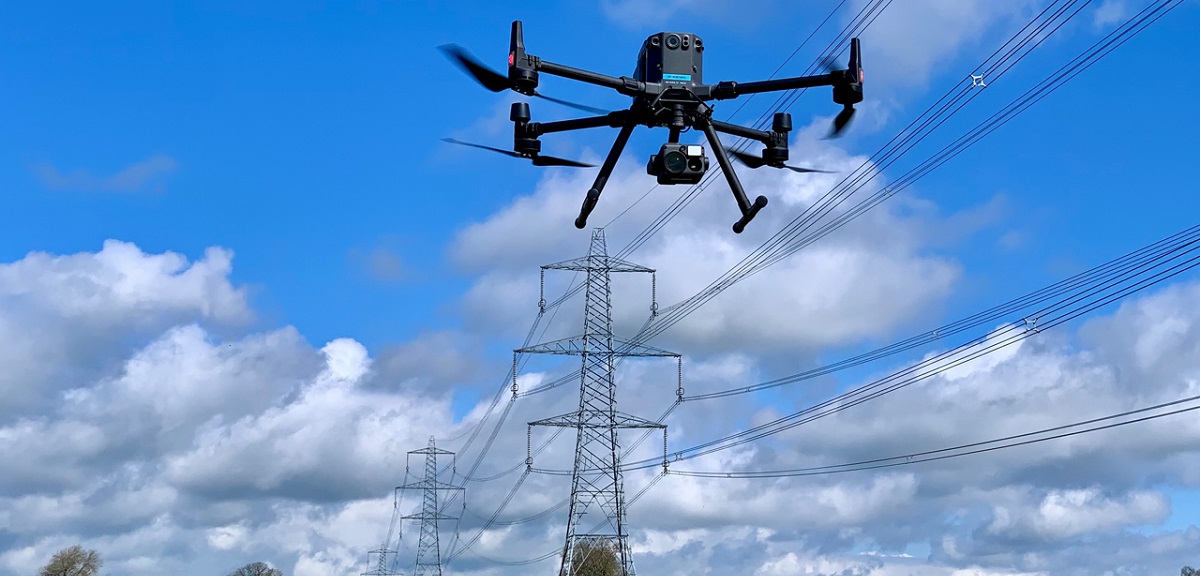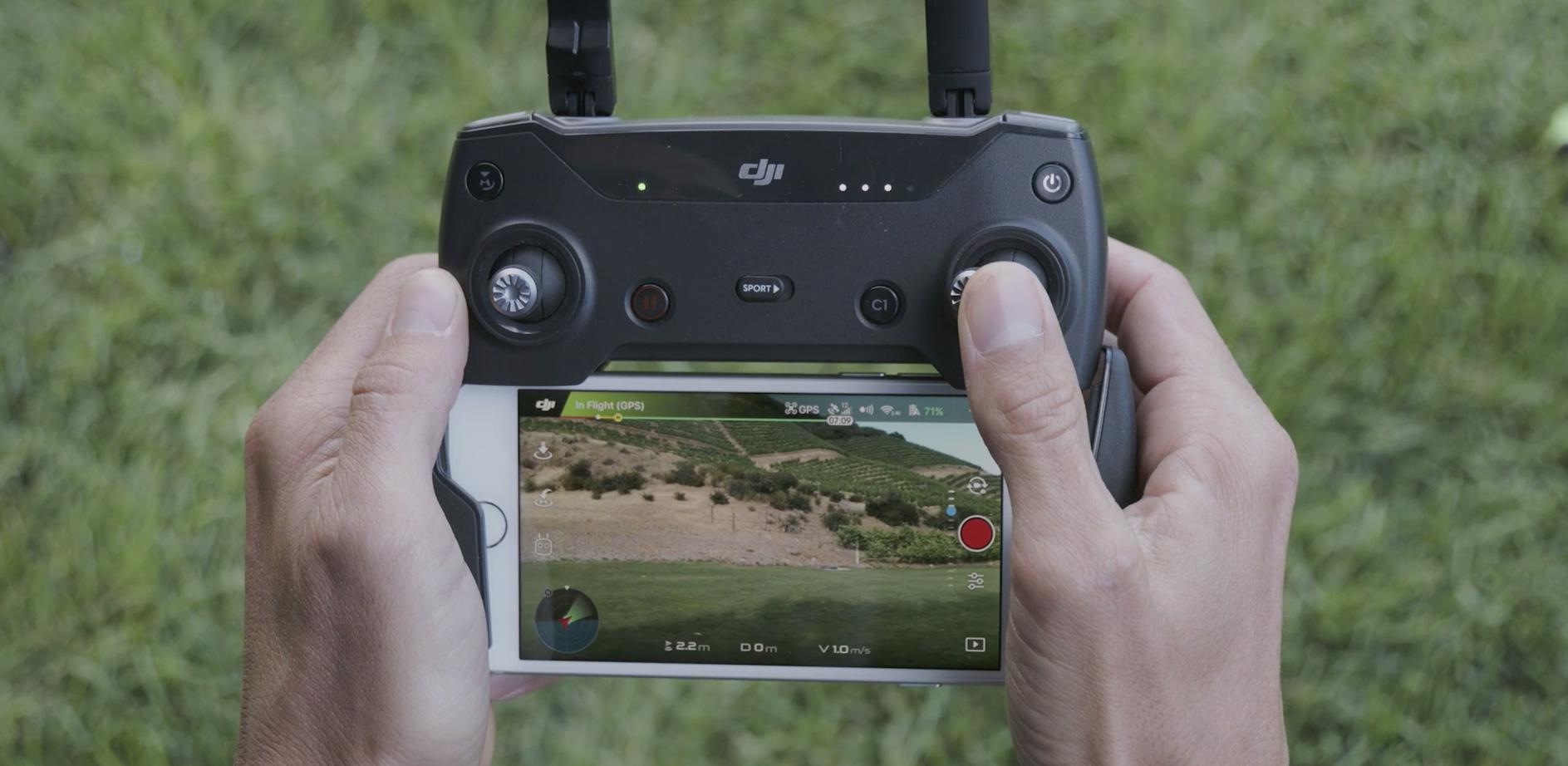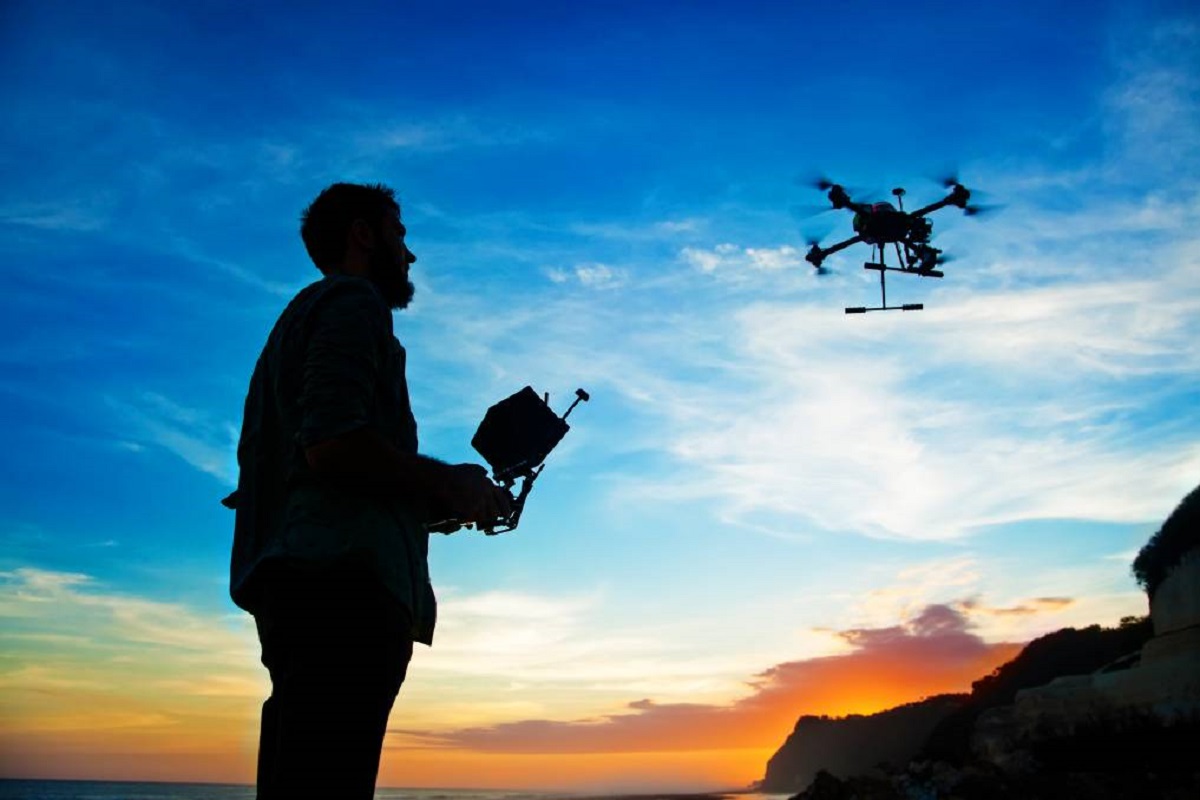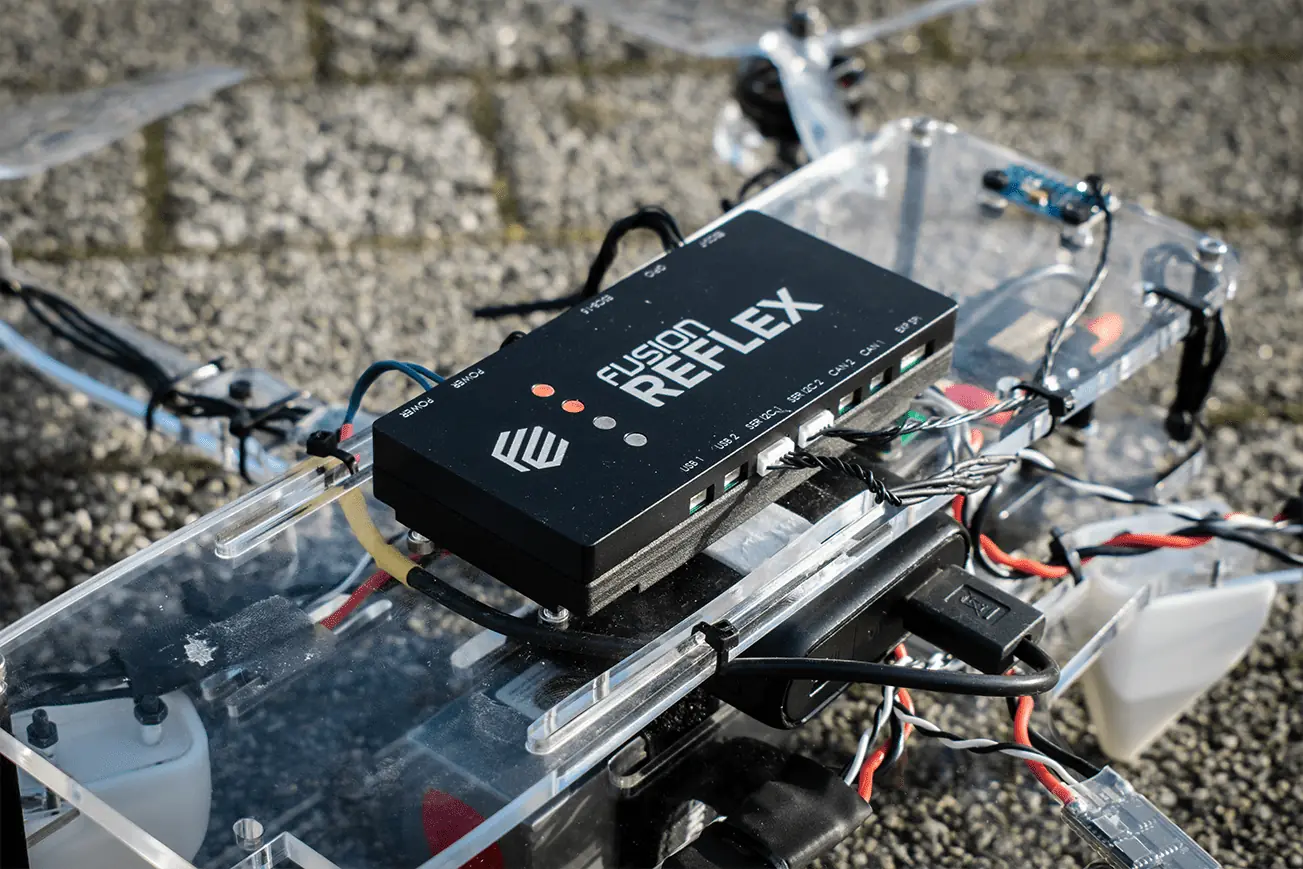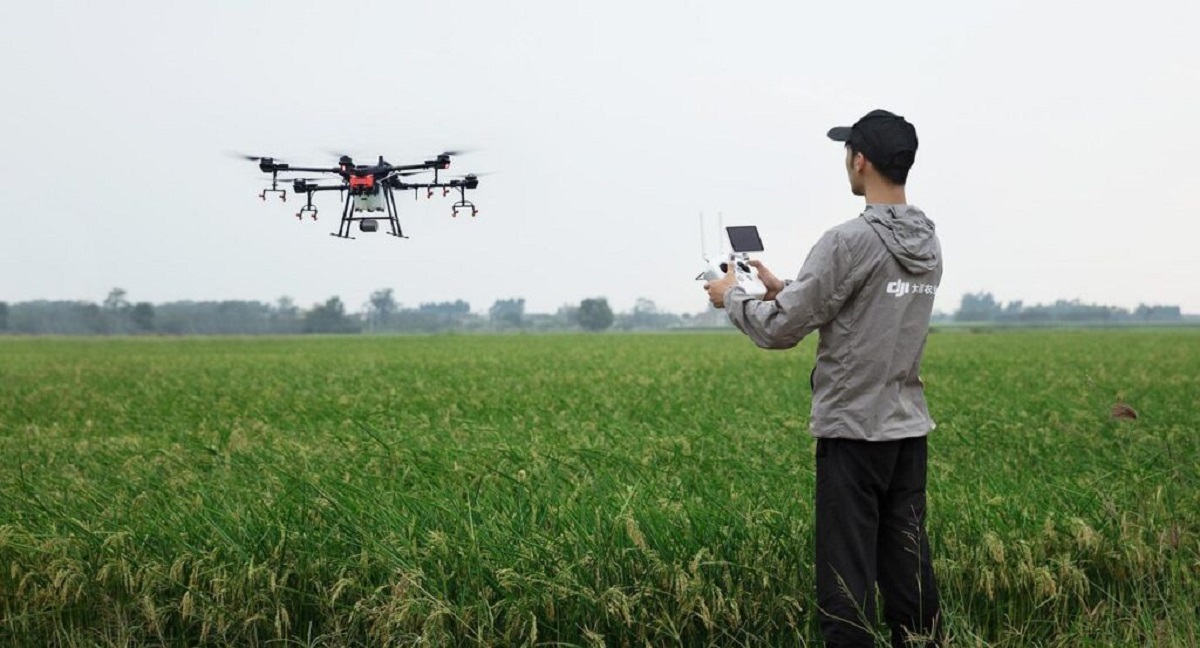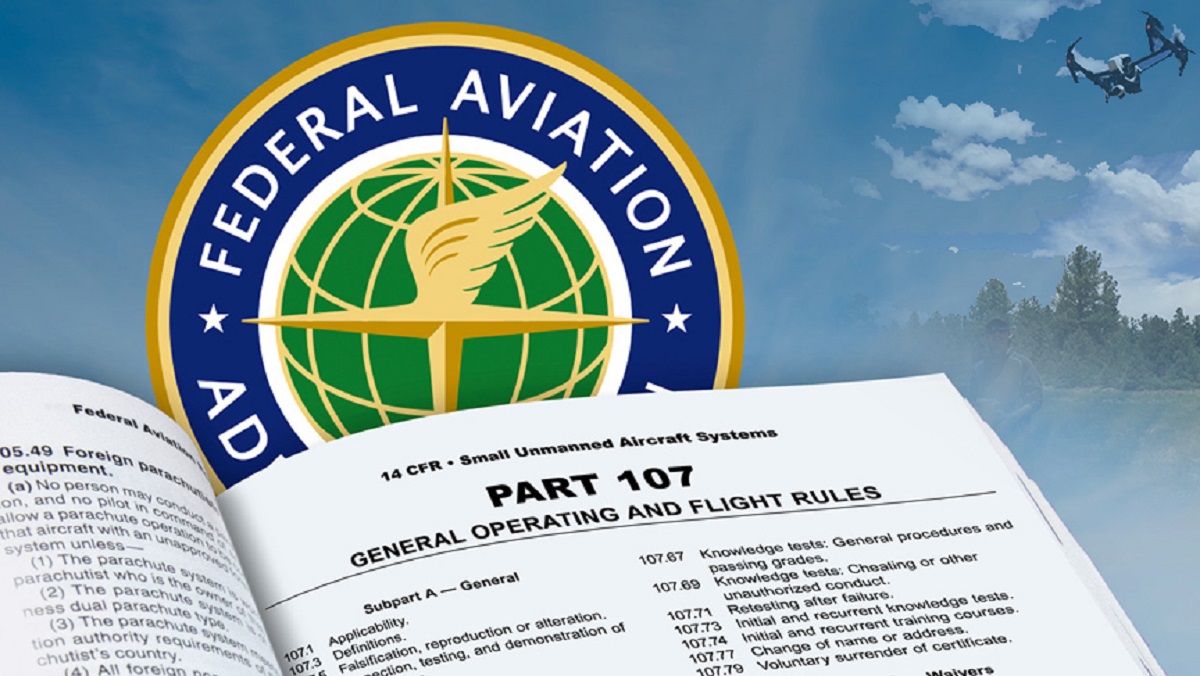Introduction
Unmanned aerial vehicles, commonly known as drones, have revolutionized various industries and sectors, including military operations, commercial enterprises, and even recreational activities. These unmanned aerial vehicles are controlled by skilled pilots who operate them from remote locations. But where exactly are these drone pilots stationed?
Drones have become an essential tool for military operations, surveillance, and reconnaissance missions. They play a pivotal role in gathering intelligence, monitoring enemy activities, and carrying out strategic strikes. However, drone pilots are not always on the front lines or stationed in high-security military bases. In fact, there are various locations where these skilled professionals work, depending on their role and the purpose of the drone operations.
In this article, we will delve into different locations where drone pilots are stationed, including military bases, civilian airports, specialized training centers, remote locations, commercial companies, research institutions, and government agencies. Each location serves a unique purpose and offers specific advantages for drone pilot operations.
Whether you’re intrigued by the military applications of drones or interested in how commercial companies utilize this technology, read on to discover where drone pilots are stationed and gain insights into the diverse landscape of drone operations.
Military Bases
Military bases serve as crucial locations for housing and operating drone pilots. These bases are often equipped with advanced facilities and infrastructure designed specifically for drone operations. For security purposes, military bases are typically located in remote areas or areas with restricted access to unauthorized personnel.
Drone pilots stationed at military bases are responsible for conducting various missions, including intelligence gathering, surveillance, and targeted strikes. These pilots are trained extensively to operate drones in high-pressure situations and adhere to strict protocol and guidelines set by their respective military branches.
One prominent example of a military base where drone pilots are stationed is Creech Air Force Base in Nevada, United States. Creech Air Force Base serves as a vital hub for the drone operations of the U.S. Air Force. Here, drone pilots operate sophisticated unmanned aircraft, such as the MQ-9 Reaper, to carry out missions worldwide. The base provides advanced training facilities, control centers, and support infrastructure to facilitate effective drone operations.
Similarly, military bases in other countries, such as Joint Base Balad in Iraq and Waddington Air Base in the United Kingdom, house drone pilots who contribute to national security efforts. These bases offer an environment conducive to effective drone pilot training and mission execution.
It is important to note that not all drone pilots stationed at military bases are directly involved in combat operations. Some pilots play a critical role in the surveillance and reconnaissance of potential threats, providing real-time intelligence to support military decision-making.
Military bases offer a secure and controlled environment for drone pilots, allowing them to carry out their missions with precision and efficiency. The infrastructure and resources available at these bases ensure that drone pilots have access to the necessary technology and support systems to operate drones effectively.
Civilian Airports
While military bases are primarily dedicated to military operations and activities, civilian airports also play a significant role in housing and operating drone pilots. Civilian airports offer numerous advantages, including well-established infrastructure, airspace regulations, and access to commercial drone technology.
Drone pilots stationed at civilian airports are typically employed by commercial companies or government agencies that use drones for various purposes, such as aerial photography, surveying, infrastructure inspection, and cargo delivery. These pilots undergo specialized training to operate drones in a commercial or non-military context.
One notable example of a civilian airport where drone pilots are stationed is Reno-Tahoe International Airport in Nevada, situated in close proximity to prominent drone testing and research facilities. This airport serves as a hub for research institutions, commercial companies, and government agencies conducting drone-related operations in the region.
In addition to research and testing, civilian airports also play a crucial role in providing logistical support for drone operations. They offer hangar facilities, maintenance services, and control towers that enable efficient drone deployment and management.
Furthermore, civilian airports often collaborate with local authorities and regulatory bodies to establish airspace regulations and facilitate safe drone operations. This collaboration ensures that drone pilots follow guidelines set by aviation authorities, minimizing the risk of accidents or interference with manned aircraft.
Civilian airports provide an excellent platform for innovation and experimentation in the drone industry. By partnering with commercial companies and research institutions, these airports contribute to the advancement of drone technology and the development of new applications in fields such as agriculture, transportation, and emergency services.
Overall, civilian airports are crucial locations for drone pilots, offering the necessary infrastructure, airspace regulations, and opportunities for collaboration and innovation in the commercial drone sector.
Specialized Drone Pilot Training Centers
As the demand for skilled drone pilots continues to rise, specialized training centers have emerged to provide comprehensive training programs for aspiring drone pilots. These training centers focus on equipping individuals with the necessary knowledge, skills, and certifications to operate drones safely and effectively.
Specialized drone pilot training centers are designed to offer immersive and hands-on training experiences. They provide state-of-the-art equipment, simulated flight environments, and experienced instructors who guide students through various aspects of drone operations.
One prominent example of a specialized drone pilot training center is the Federal Aviation Administration (FAA) Unmanned Aircraft Systems (UAS) test site program. These test sites, located in several states across the United States, offer training and testing facilities for both recreational and commercial drone pilots. Here, aspiring pilots learn about airspace regulations, flight safety protocols, and operational best practices.
Additionally, there are private training centers that cater specifically to commercial drone operations. These centers offer comprehensive courses that cover topics such as flight planning, emergency procedures, aerial photography, and legal considerations. Students receive hands-on training and are often required to pass written and practical exams to achieve certification.
Specialized drone pilot training centers not only teach the technical skills needed to operate drones but also emphasize safety and responsible practices. Understanding airspace regulations, privacy laws, and emergency protocols is essential for drone pilots to operate in a manner that minimizes risks and respects the rights of others.
Furthermore, these training centers often serve as a networking hub, connecting aspiring drone pilots with industry professionals and potential employers. This facilitates career opportunities and helps individuals stay updated with the latest advancements and trends in the drone industry.
Whether it’s for recreational or commercial purposes, specialized drone pilot training centers play a crucial role in shaping skilled drone operators. These centers ensure that drone pilots receive comprehensive training, adhere to safety guidelines, and contribute to the responsible and ethical use of drones.
Remote Locations
Remote locations are often chosen as bases for drone pilots due to their strategic advantages and limited accessibility. These areas provide unobstructed airspace for drone operations, minimizing the risk of interference from other aircraft or manned vehicles. Remote locations also offer the opportunity for extended flight times and a reduced chance of unintentional disturbances to nearby communities.
Drone pilots stationed in remote locations are typically involved in long-range surveillance missions, search and rescue operations, or environmental monitoring. These pilots are trained to navigate challenging terrain and adverse weather conditions to gather critical data and carry out their missions effectively.
An example of a remote location frequently used for drone operations is the Arctic region. The vast expanse and isolated nature of the Arctic make it an ideal location for conducting scientific research, monitoring wildlife populations, and studying climate change. Drone pilots stationed in remote Arctic outposts can operate drones to capture high-resolution images, collect data, and document environmental changes without physically disturbing the delicate ecosystem.
Similarly, remote locations such as deserts, mountain ranges, and uninhabited islands offer opportunities for drone pilots to carry out various missions. These areas are invaluable for surveillance purposes, border patrol, and even delivering essential supplies in humanitarian efforts or remote mining operations.
Operating drones in remote locations, however, presents unique challenges. Drone pilots must contend with limited infrastructure, harsh weather conditions, and the need for self-sufficiency. Proper planning, equipment maintenance, and contingency measures are crucial to ensure the success of drone operations in these remote areas.
Overall, remote locations provide an ideal environment for drone pilots to carry out their missions with minimal interference. These locations offer vast open spaces, unique geographical features, and abundant research opportunities, making them essential hubs for scientific, environmental, and humanitarian drone operations.
Commercial Companies
As the commercial drone industry continues to expand, many companies across various sectors are incorporating drone technology into their operations. These companies often have dedicated teams of drone pilots who are stationed within their facilities or deployed to specific project sites.
Commercial companies employ drone pilots for a wide range of purposes, including aerial photography and videography, surveying and mapping, infrastructure inspection, delivery services, and even entertainment events. These pilots are trained to operate drones efficiently, capturing high-quality footage, collecting valuable data, and ensuring the safe and accurate execution of tasks.
Large e-commerce companies, such as Amazon and UPS, have been exploring the use of drones for product delivery. Drone pilots employed by these companies are situated at distribution centers and are responsible for overseeing the launch, navigation, and landing of delivery drones within specified areas.
Construction companies also utilize drone technology for site surveying, progress monitoring, and safety inspections. Drone pilots are stationed on construction sites and capture aerial images and videos that provide valuable insights for project management and decision-making.
Media companies, including news organizations and advertising agencies, rely on drone pilots for captivating aerial shots and immersive visuals. These pilots work closely with production teams to capture breathtaking footage for television, films, documentaries, and advertisement campaigns.
Moreover, commercial companies involved in agriculture, oil and gas exploration, and environmental conservation employ drone pilots to monitor crops, inspect pipelines and facilities, and gather data on ecological patterns. These companies recognize the efficiency and cost-effectiveness of utilizing drones for data collection, reducing the need for manual labor and providing valuable insights for decision-making.
Commercial companies invest significantly in the recruitment and training of skilled drone pilots, keeping them up to date with the latest technology advancements and best practices. These pilots play a crucial role in helping companies leverage the benefits of drone technology to improve their efficiency, productivity, and safety.
In summary, commercial companies across various industries employ drone pilots to harness the capabilities of drone technology. With their expertise in operating drones, these pilots enable companies to enhance their operations, boost productivity, and gain a competitive edge in their respective fields.
Research Institutions
Research institutions and academic organizations are at the forefront of exploring new applications and advancing the capabilities of drone technology. These institutions employ specialized drone pilots who work alongside scientists, engineers, and researchers to conduct experiments, gather data, and develop innovative solutions.
At research institutions, drone pilots often focus on scientific studies, environmental research, and technological advancements. They play a vital role in collecting aerial data for diverse fields such as ecology, geology, meteorology, and archaeology.
For example, in ecological research, drone pilots are stationed at research institutions to monitor wildlife populations, track migration patterns, and survey habitats. Drones equipped with high-resolution cameras and thermal imaging sensors can capture detailed imagery from above, enabling scientists to study ecosystems, identify biodiversity hotspots, and assess environmental changes.
Archaeological research also benefits greatly from drone technology. Drone pilots at research institutions utilize drones to capture high-resolution images of archaeological sites, providing insights into historical structures and landscapes that are otherwise difficult to access. This enables researchers to conduct non-destructive surveys, create 3D models, and preserve cultural heritage.
Furthermore, research institutions focused on technological advancements collaborate with drone pilots to develop new sensors, communication systems, and autonomous capabilities. These pilots help test and refine cutting-edge drone technologies, pushing the boundaries of what is possible in the field of unmanned aerial vehicles.
Research institutions often have partnerships with government agencies, international organizations, and private companies, allowing drone pilots to work on collaborative projects and contribute to the collective advancement of drone technology. The research conducted by these institutions helps inform policymaking, environmental conservation efforts, disaster response planning, and other critical areas.
Drone pilots at research institutions benefit from a unique interdisciplinary environment, collaborating with scientists, engineers, and experts from various fields. They contribute to the development of knowledge, innovation, and creative solutions through the application of drone technology.
In summary, research institutions are key locations where skilled drone pilots work alongside researchers and experts to advance scientific knowledge, develop new technologies, and tackle complex challenges across a wide range of disciplines.
Government Agencies
Government agencies, at both the national and local levels, play a significant role in utilizing drones for various applications. These agencies employ skilled drone pilots who work in diverse departments, including law enforcement, emergency response, border control, and environmental protection.
In law enforcement, drones have become invaluable tools for surveillance, search and rescue operations, and crime scene investigation. Drone pilots stationed within these agencies are responsible for operating drones to gather real-time intelligence, monitor public events, and provide aerial support during emergencies.
Emergency response teams rely on drone technology to assess the extent of natural disasters, conduct search and rescue operations, and identify potential hazards. Drone pilots working in government agencies within the field of emergency management play a crucial role in ensuring the safety and efficiency of response efforts.
Border control agencies around the world utilize drones to monitor and protect borders, gathering intelligence on illicit activities, and preventing unauthorized border crossings. Drone pilots stationed in these agencies use drones equipped with advanced sensors and cameras to enhance surveillance capabilities and increase border security.
Government agencies responsible for environmental protection and conservation employ drone pilots to monitor ecosystems, track wildlife populations, and detect illegal logging or poaching activities. Drones provide a cost-effective and non-intrusive method of collecting high-resolution imagery and data for environmental assessments and conservation efforts.
Furthermore, regulatory and aviation authorities employ drone pilots to monitor compliance with airspace regulations, investigate incidents, and enforce safety guidelines. These pilots work closely with aviation authorities and collaborate with other stakeholders to ensure the responsible and safe integration of drones into the airspace.
Government agencies often have access to resources and infrastructure that allow drone pilots to operate efficiently and effectively. They collaborate with other agencies, research institutions, and commercial entities to develop and implement drone programs that align with national priorities and address specific challenges.
Overall, government agencies are key locations where skilled drone pilots contribute to law enforcement, emergency response, border control, and environmental protection efforts. These pilots help enhance public safety, improve security, and support sustainable development through the responsible use of drone technology.
Conclusion
Drone pilots can be found in a variety of locations, each serving a unique purpose in the ever-expanding world of drone operations. From military bases to civilian airports, specialized training centers to remote locations, commercial companies to research institutions, and government agencies, these diverse locations provide an array of opportunities for skilled drone pilots to contribute their expertise.
Military bases offer the infrastructure and security required for drone pilots involved in combat operations, surveillance, and intelligence gathering. They provide an environment conducive to extensive training and mission execution.
Civilian airports serve as hubs for commercial drone operations, allowing drone pilots to work on delivery services, aerial photography, infrastructure inspection, and other applications. These airports also collaborate with regulatory bodies to establish airspace regulations for safe drone operations.
Specialized drone pilot training centers focus on equipping individuals with the skills and knowledge necessary to operate drones correctly and responsibly. These centers provide hands-on training, simulate flight environments, and ensure compliance with regulations.
Remote locations offer unobstructed airspace, making them ideal for long-range surveillance, ecological research, and expeditionary missions. Pilots stationed in remote locations are trained to navigate challenging terrains and operate drones under adverse weather conditions.
Commercial companies across various sectors employ drone pilots for applications such as aerial photography, surveying, delivery services, and advertising campaigns. These pilots play a crucial role in improving operational efficiency, productivity, and safety.
Research institutions employ drone pilots to advance scientific knowledge, develop new technologies, and conduct research in fields such as ecology and archaeology. These pilots work alongside scientists and researchers to collect data, monitor habitats, and preserve cultural heritage.
Government agencies, including law enforcement, emergency response, border control, and environmental protection, rely on drone pilots to enhance their capabilities in surveillance, search and rescue, border monitoring, and environmental conservation efforts.
In conclusion, the world of drone pilots encompasses a diverse range of locations, each with its own unique contributions to the advancement of drone technology. Whether stationed in military bases, working at civilian airports, training at specialized centers, operating in remote locations, serving commercial companies, conducting research at institutions, or contributing to government agencies, drone pilots continue to play a vital role in shaping the future of unmanned aerial vehicles.







